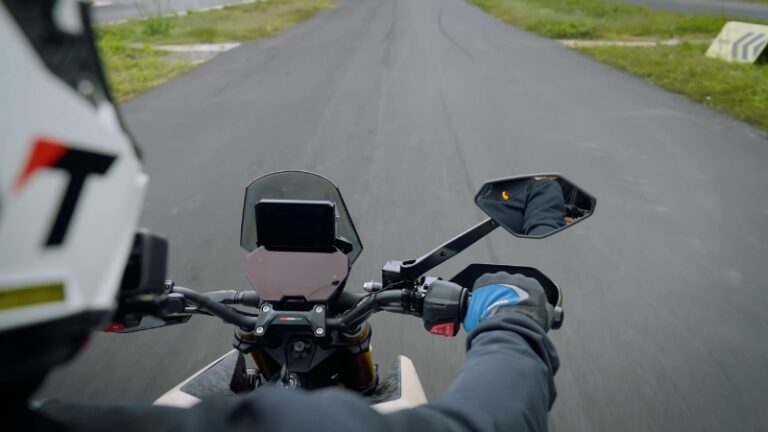Electric motorcycles in 2025 have moved past novelty status. They are now high-performance machines that rival, and sometimes surpass, gasoline models in torque, handling, and design precision.
The best electric motorcycles this year combine long-range capability with fast charging, aerodynamic styling, and rider-assist technology that makes urban and highway travel smoother than ever.
Models like the LiveWire ONE and Zero DSR/X dominate the premium sector, while brands like Ultraviolette and Stark are proving that performance no longer needs fuel.
Table of Contents
Toggle1. LiveWire ONE – The Electric Benchmark
The LiveWire ONE, originally born from Harley-Davidson’s innovation lab, remains the most balanced electric motorcycle on the market. Its 100 horsepower and 86 ft-lb torque give it instant acceleration, while the 146-mile city range makes it genuinely practical.
The aluminum frame is not just light, it centralizes weight perfectly for precise cornering. Charging is efficient: 0–80% in about 40 minutes with DC Fast Charging.
What sets the LiveWire ONE apart is its riding feel: smooth, powerful, and stable. It’s not just an electric Harley; it’s a refined machine that redefines sport-commuter balance.
Specification
LiveWire ONE
Power
100 hp (75 kW)
Torque
86 ft-lb
Range
146 mi city / ~95 mi highway
Top Speed
115 mph
Charging
0–80% in ~40 min (DC fast)
Design
Sport-commuter hybrid, aluminum frame
2. Zero DSR/X – Dual-Sport Powerhouse
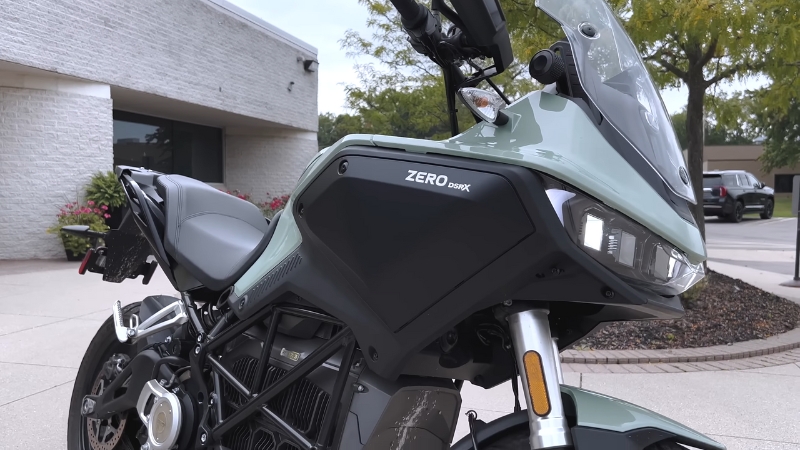
The Zero DSR/X is an adventure-touring electric motorcycle that blurs the line between off-road and urban comfort. With 100 hp and a colossal 169 lb-ft of torque, it can handle steep mountain climbs as easily as downtown traffic.
Its 17.3 kWh battery pushes the range to about 179 miles in the city, making it one of the longest-lasting EV motorcycles available.
Zero’s stability control and Bosch off-road traction system make the DSR/X remarkably predictable on gravel or asphalt. It’s the best electric dual-sport bike for 2025, fast, efficient, and built for endurance.
Specification
Zero DSR/X
Power
100 hp
Torque
169 lb-ft
Range
Up to 179 mi (city)
Top Speed
112 mph
Battery
17.3 kWh
Design
Dual-sport adventure
3. Stark Varg EX – Lightweight Off-Road Evolution
The Stark Varg EX represents the future of electric dirt and dual-sport bikes. Weighing just 264 lbs, it produces up to 80 hp, performance numbers unheard of in off-road categories.
The Varg EX has a riding range of 1.3 to 7 hours, depending on terrain and throttle load.
It’s designed with precision: narrow bodywork, minimal vibration, and a frame geometry tuned for responsive handling. Riders transitioning from combustion MX bikes will find it surprisingly natural.
Specification
Stark Varg EX
Power
60–80 hp
Weight
264 lbs (120 kg)
Range
1.3–7 hours riding
Battery
7.2 kWh
Design
Minimalist off-road chassis
4. BMW CE 04 – Futuristic Urban Machine
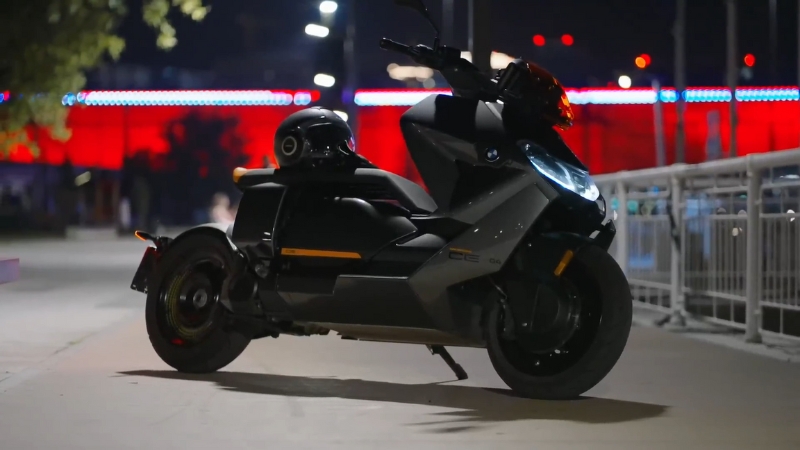
BMW’s CE 04 is less about speed and more about redefining what an urban motorcycle can look like. With its low, stretched body, integrated storage compartment, and digital cockpit, it feels more like a concept vehicle made real.
The 31 kW (42 hp) motor pushes it to 75 mph, while the 80-mile range is ideal for city travel.
It’s a standout for commuters who value sophistication, tech integration, and futuristic design, a glimpse of BMW’s long-term electric vision.
Specification
BMW CE 04
Power
42 hp (31 kW)
Torque
45.7 lb-ft
Range
80 mi (130 km)
Top Speed
75 mph
Battery
8.9 kWh
Design
Urban futuristic scooter
5. Ultraviolette F77 Mach 2 – India’s High-Tech Contender
@hamromotors Worth it chha ta Ultraviolette F77 Mach 2? #learnontiktok ♬ original sound – Hamro Motors
The Ultraviolette F77 Mach 2 is proof that electric innovation is now global. Built in India but engineered to compete with Western sport bikes, it delivers up to 200 miles (323 km) of range and hits a top speed of 95 mph.
Its aerospace-inspired design and regenerative braking system make it highly efficient. The bike’s aerodynamic fairings and LED interface make it visually aggressive and technologically modern, setting new design standards in the mid-range EV category.
Specification
Ultraviolette F77 Mach 2
Power
40.5 hp (30 kW)
Range
Up to 323 km
Top Speed
95 mph
Battery
10.3 kWh
Design
Sport-oriented fairing
6. Ultraviolette X47 Crossover – Tech Meets Adventure
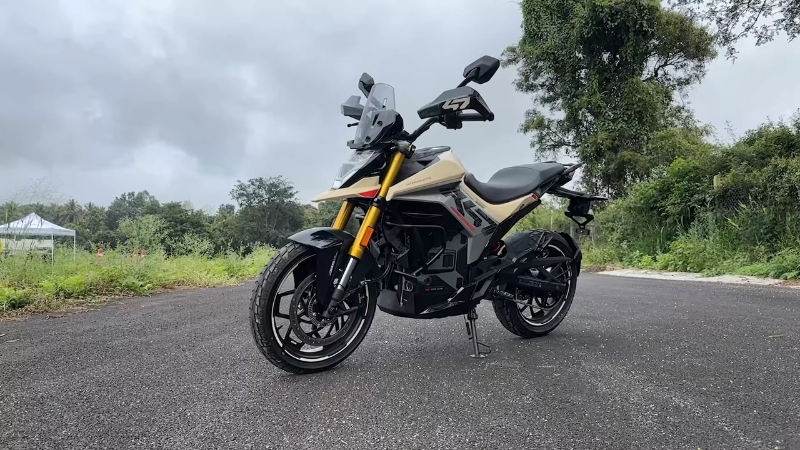
The X47 Crossover extends Ultraviolette’s design language into adventure territory. It keeps the same dynamic torque output but adjusts the frame geometry for long rides and uneven terrain.
Its range (130 to 200 miles) makes it practical for both commuting and travel.
Radar-based safety systems and adjustable riding modes give it a premium feel typically reserved for European brands. This is one of the most advanced adventure EV motorcycles under development in Asia.
Specification
Ultraviolette X47
Range
211–323 km
Top Speed
145 km/h
Charging
~1.5 hr fast
Design
Adventure crossover
Technology
Radar + app integration
7. Zero DSR – Reliable Electric All-Rounder
Zero’s DSR/X is an adventure e-motorcycle with 180 miles of range https://t.co/LmZzeqhGKv pic.twitter.com/O5MZwiDGPj
— Engadget (@engadget) September 13, 2022
The standard Zero DSR builds on years of proven EV design. With 80 hp and 144 lb-ft of torque, it’s a daily-ride powerhouse. The range, around 155 miles, makes it one of the most efficient bikes for riders who want reliability over flash.
Its upright stance, durable suspension, and steady torque curve make it ideal for long commutes or weekend rides. It’s the no-nonsense performer in this list, simple, tough, and efficient.
Specification
Zero DSR
Power
80 hp
Torque
144 lb-ft
Range
155 mi (city)
Top Speed
100 mph
Battery
14.4 kWh
Design
Dual-purpose street/trail
8. Lightning LS-218 – The Fastest Production EV
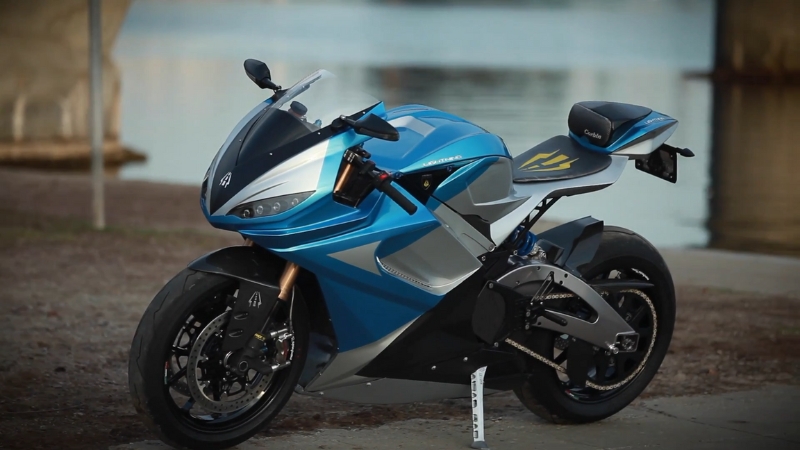
The Lightning LS-218 remains the world’s fastest production electric motorcycle. Its top speed of 218 mph and 200 hp motor deliver track-level performance that eclipses many superbikes.
Though the range is limited (about 100 miles combined), its purpose is clear: maximum speed and performance. Every element, from its carbon-fiber frame to its race-spec suspension, screams engineering precision.
Specification
Lightning LS-218
Power
200 hp
Top Speed
218 mph
Range
~100 mi combined
Charging
0–80% in ~35 min
Design
Carbon superbike frame
9. LiveWire S2 Del Mar – Compact City Performer
The S2 Del Mar is a smaller, urban-focused sibling of the LiveWire ONE. It delivers around 113 miles of city range and accelerates 0–60 mph in just three seconds.
Its compact design, lower seat height, and agile steering make it ideal for urban mobility. It also features built-in connectivity for route tracking and performance data logging, a step toward the “smart motorcycle” era.
Specification
LiveWire S2 Del Mar
Power
~80 hp
Range
113 mi (city)
Top Speed
~100 mph
0–60 mph
~3.0 s
Design
Urban naked electric
While the Del Mar prioritizes city use, riders can further enhance comfort and wind protection on highways with a motorcycle windshield, an often-overlooked upgrade that improves aerodynamics, extends range slightly by reducing drag, and cuts down on fatigue during longer electric rides.
10. Energica Ego – Italian Performance With Soul
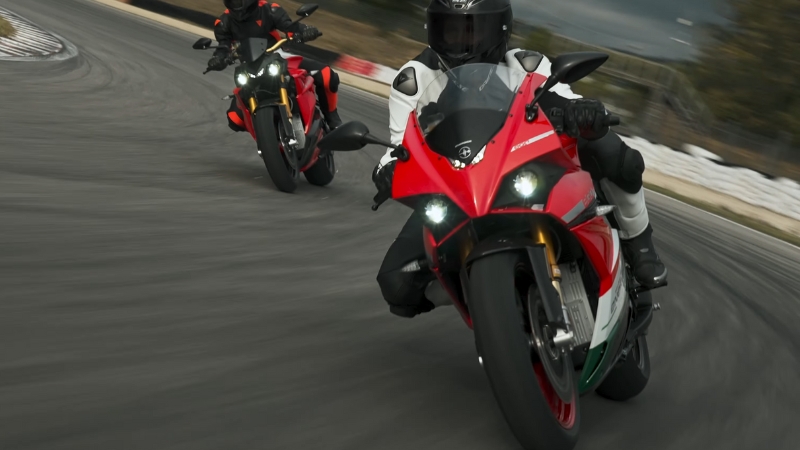
Energica’s Ego superbike remains one of Europe’s finest electric motorcycles. Designed and built in Italy, it delivers up to 168 mph and between 130 and 190 km of range.
The build quality, combined with Brembo brakes and Öhlins suspension, gives it elite road presence.
Unlike most sport electrics, the Ego retains the mechanical feedback riders love, instant throttle, torque pull, and chassis feel. It’s the perfect blend of high engineering and passionate design.
Specification
Energica Ego
Power
171 hp
Range
130–190 km
Top Speed
168 mph
Battery
21.5 kWh
Design
Italian superbike
Conclusion
The electric motorcycle market in 2025 no longer feels experimental; it’s mature and performance-driven. Riders can now choose between the track-ready Lightning LS-218, the long-range Zero DSR/X, or the urban-focused BMW CE 04 and LiveWire S2 Del Mar.
Many riders even plan alpine trips through Switzerland to take advantage of scenic routes and reliable charging points along key transit roads.
Each machine on this list reflects a new phase in two-wheel innovation, where design, power, and efficiency converge. The next challenge for manufacturers is not performance, it’s infrastructure and battery cost, both of which are rapidly improving.


